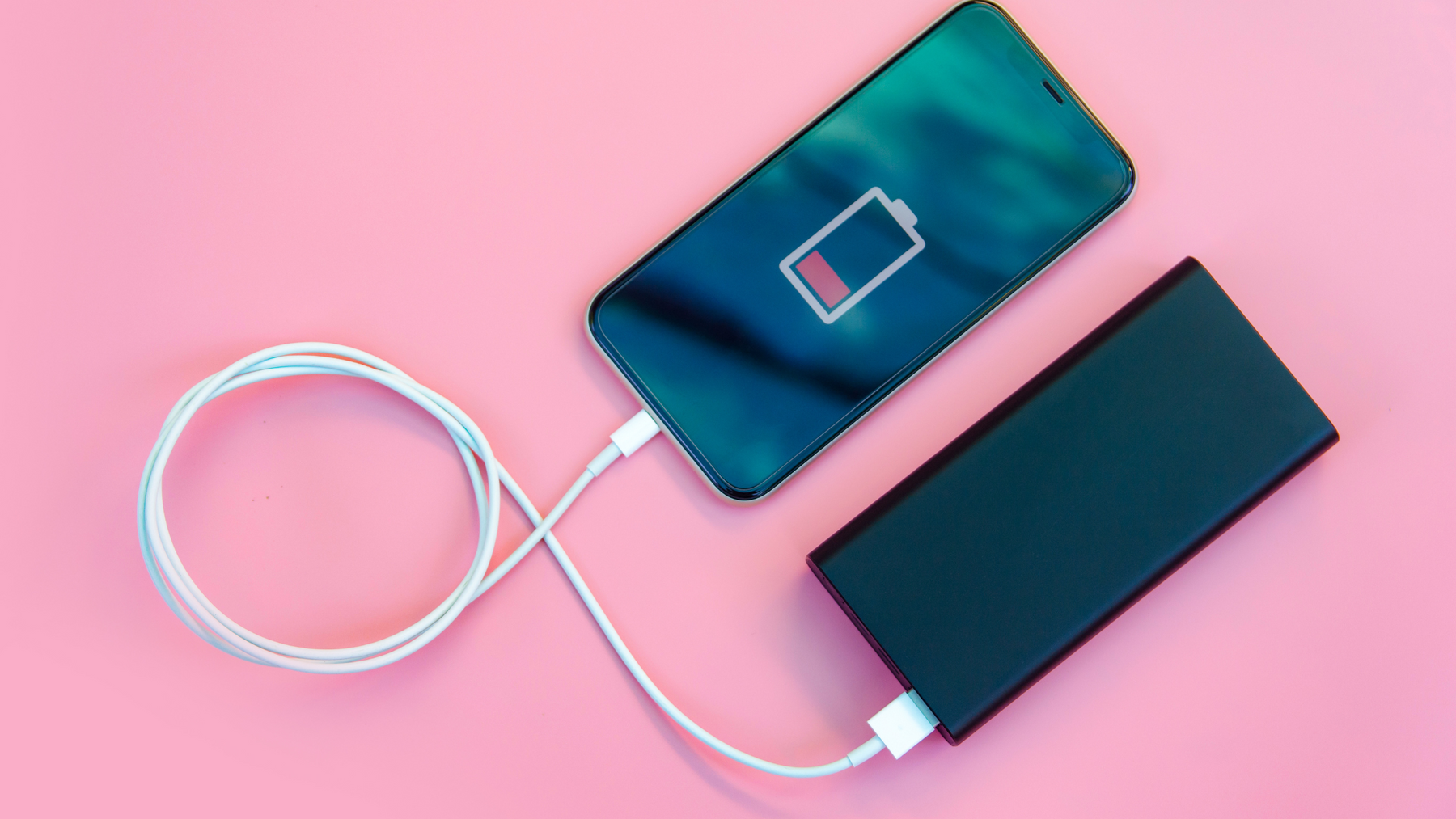info@capitolessentials.com

How to Clean and Maintain Your Charging Bank
A charging bank is an essential gadget for keeping our devices powered on the go. However, improper maintenance and neglect can shorten its lifespan and reduce efficiency. In this guide, we’ll explore how to clean and maintain your charging bank properly, ensuring it delivers optimal performance for years to come.
Why Regular Cleaning and Maintenance Matters
Prolonging Battery Lifespan
Over time, dust and debris can accumulate in your charging bank’s ports, leading to inefficient power transfer and potential internal damage. Regular maintenance helps prevent this build up, ensuring that the battery remains functional and efficient.
Ensuring Optimal Charging Efficiency
A well-maintained charging bank delivers power more effectively, reducing charging time for your devices. Keeping it clean also prevents interruptions caused by dirty or obstructed ports.
Preventing Safety Hazards
Overheating, short circuits, and battery swelling are potential hazards associated with poorly maintained power banks. Regular cleaning and proper storage can mitigate these risks.
Understanding Your Charging Bank's Components
External Casing Materials
Charging banks come in various materials, including plastic, metal, and rubberized coatings. Understanding the material helps determine the best cleaning methods to avoid damage.
Internal Battery Types
Power banks typically contain lithium-ion or lithium-polymer batteries. These require specific care, such as avoiding overcharging and extreme temperatures, to maintain their longevity.
Charging Ports and Connectors
The ports—such as USB-A, USB-C, and micro-USB—are vital for proper power transfer. Keeping them free from dust and debris ensures stable connections and efficient charging.
Step-by-Step Guide to Cleaning Your Charging Bank
Tools and Supplies You’ll Need
-
Microfiber cloth
-
Soft-bristled brush
-
Isopropyl alcohol (70% or higher)
-
Compressed air
-
Toothpick or SIM ejector tool
Cleaning the Exterior Without Causing Damage
-
Use a dry microfiber cloth to wipe down the surface.
-
If necessary, dampen the cloth slightly with isopropyl alcohol and gently clean the casing.
-
Avoid using harsh chemicals that can erode coatings or plastic components.
Safely Cleaning Charging Ports and Connectors
-
Use compressed air to remove loose dust.
-
Carefully insert a toothpick or SIM ejector tool to remove stubborn debris.
-
Dampen a cotton swab with isopropyl alcohol and gently clean the port interior.
How to Properly Maintain Your Charging Bank
Best Practices for Daily Use
-
Unplug the power bank once fully charged.
-
Avoid using the power bank while it is charging to prevent overheating.
-
Use high-quality cables to ensure efficient power transfer.
Storing Your Charging Bank Correctly
-
Keep it in a cool, dry place.
-
Avoid direct sunlight and extreme temperatures.
-
Store it at around 50% charge if not in use for extended periods.
Avoiding Common Mistakes That Reduce Lifespan
-
Do not expose your charging bank to moisture.
-
Avoid overcharging or depleting the battery completely.
-
Do not carry it in tightly packed bags where pressure might damage the casing.
How to Identify and Fix Common Charging Bank Issues
Slow Charging Problems and Solutions
-
Check if the cable is faulty.
-
Clean the charging ports.
-
Ensure the power bank’s capacity aligns with your device’s requirements.
Overheating: Causes and Prevention
-
Stop charging immediately if the power bank becomes excessively hot.
-
Use a certified charger with the appropriate voltage.
-
Avoid placing the power bank on soft surfaces that trap heat.
When to Replace a Faulty Charging Bank
-
Swollen battery casing.
-
Reduced charging capacity.
-
Frequent overheating issues.
Battery Health: Tips to Extend Your Charging Bank’s Lifespan
Charging Habits That Protect Battery Integrity
-
Keep the charge level between 20%-80% for longevity.
-
Avoid using fast-charging features excessively.
How Temperature Affects Performance
-
Store between 10°C and 30°C for best results.
-
Avoid exposing it to freezing temperatures.
Safe Disposal and Recycling of Old Charging Banks
Why You Shouldn’t Just Throw It Away
Lithium batteries can cause environmental harm if improperly discarded. Safe disposal ensures eco-friendly waste management.
Finding Recycling Centres Near You
Search online for local e-waste disposal services or check with electronic retailers.
FAQs: Answering Your Top Charging Bank Questions
How often should I clean my charging bank?
It’s best to clean it every 1-2 months, depending on usage.
Can I use water or alcohol to clean my power bank?
Isopropyl alcohol is safe in small amounts, but avoid water as it can damage components.
What’s the safest way to remove debris from charging ports?
Compressed air and a toothpick work best without causing damage.
Why does my charging bank get hot?
Overuse, improper storage, or faulty components can cause overheating.
How can I tell if my charging bank is faulty?
If it charges inconsistently, has a swollen battery, or overheats frequently, it may need replacing.
What’s the best way to store a charging bank when not in use?
Keep it in a dry, cool place with a partial charge.
Conclusion: Keep Your Charging Bank in Top Shape
By following these cleaning and maintenance tips, you can ensure your charging bank remains efficient and safe to use. Regular upkeep prevents common issues, extends battery life, and enhances performance, making your investment worthwhile.
Our Favourite Charging Banks
Fast Charge 22.5W USB 10,000 mAh Power Bank (C1840)
Shop our full range of Power Banks here


